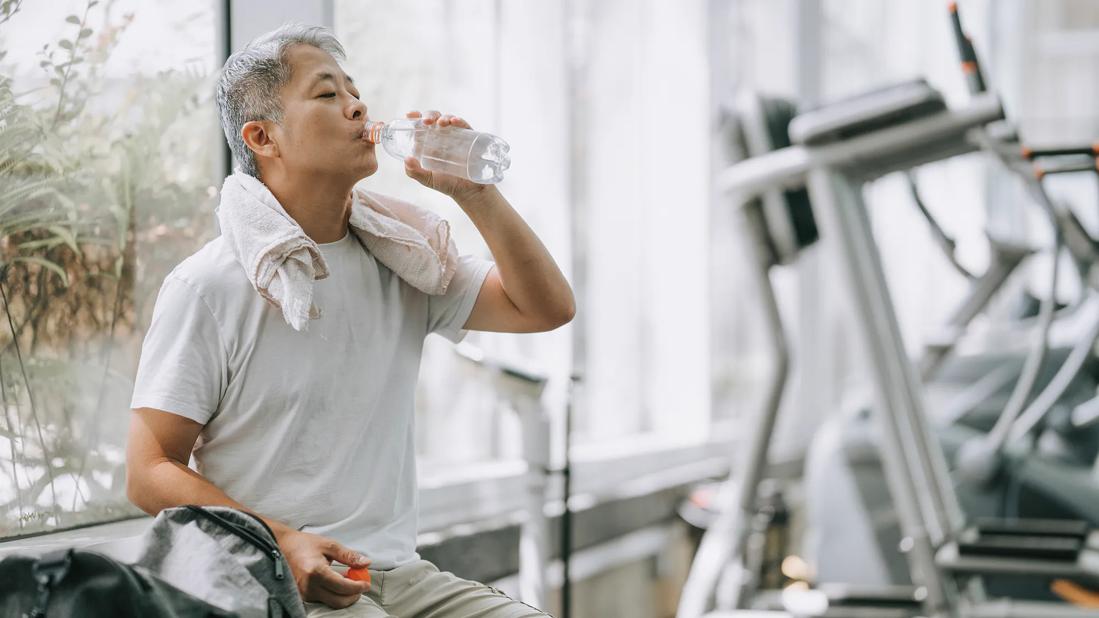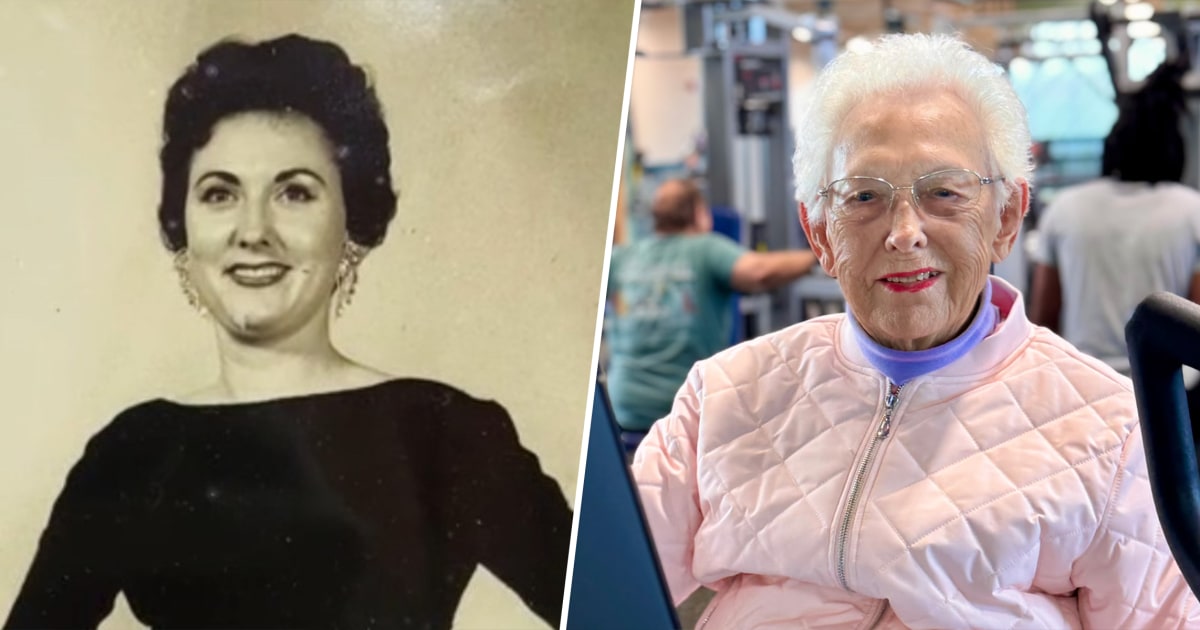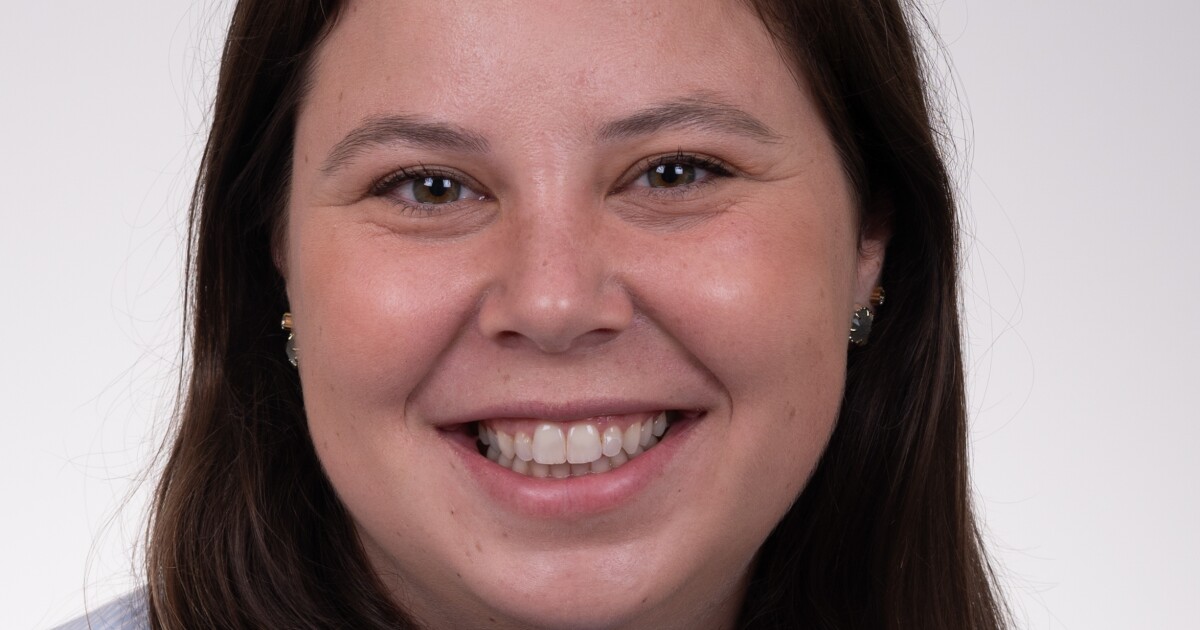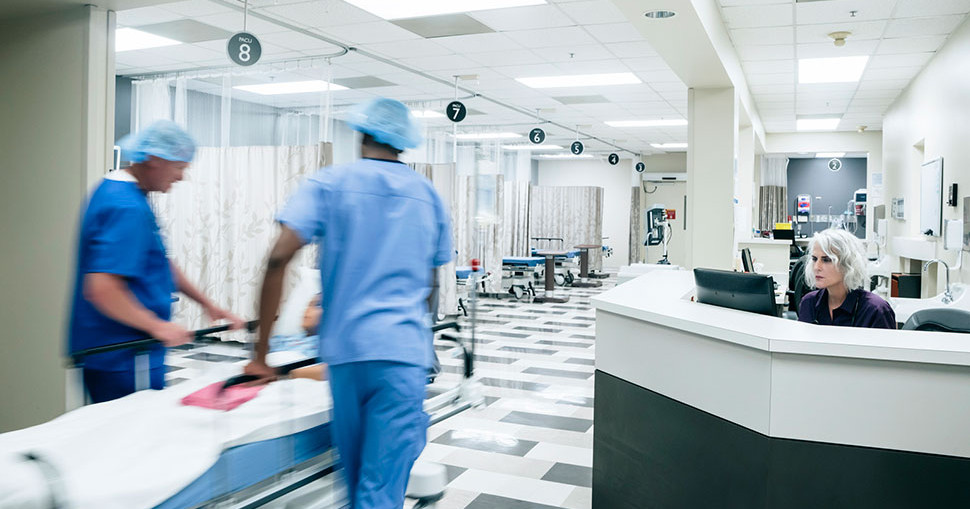Get Fit After 50: 8 Tips for Men

Let’s face it — your bounce-back isn’t what it used to be. Whether it’s a round of golf, wrangling grandkids or doing yard work, recovery takes longer as you age. But the good news? It’s not too late. You can get fit again after 50. And you don’t need a fancy gym or a personal trainer to do it.
Advertisement
Cleveland Clinic is a non-profit academic medical center. Advertising on our site helps support our mission. We do not endorse non-Cleveland Clinic products or services. Policy
We asked a registered dietitian and an exercise physiologist to share their top tips for getting stronger, boosting energy and just generally feeling better — starting now.
Can you really get fit after 50?
Yes — and you don’t have to go all-in on day one.
“You naturally lose muscle mass as you age,” says exercise physiologist Chris Travers, MS. “But that just means it’s time to tweak your routine, not throw in the towel.”
“Think of your 50s as a reset,” adds Kate Patton, MEd, RD, CSSD, LD. “It’s a great time to make healthy changes and build habits that stick.”
8 fitness tips for men over 50
1. Stay hydrated
Water helps everything — from digestion to prostate health. But as you age, your thirst queue may not be as noticeable.
“Sometimes, your body doesn’t signal thirst as clearly,” Patton explains. “That means you may need to schedule your water intake.”
Try this:
- Drink water with every meal.
- Keep a water bottle with you.
- Sip during and after exercise.
- Add lemon or berries for flavor.
And skip soda. Sugary drinks can mess with your metabolism. They can also raise your risk of heart disease and prostate problems.
2. Cut back on salt
Too much sodium raises blood pressure and heart disease risk. And if you’re not getting enough potassium, your risk is even higher.
Here’s what helps:
- Avoid processed foods and fast food — that’s where most salt hides.
- Check labels: Look for “low sodium” or less than 140 milligrams (mg) per serving.
- Eat more potassium-rich foods, like bananas, tomatoes and leafy greens.
“Aim for a minimum of five to seven servings of a variety of fruits and vegetables a day,” Patton recommends.
3. Eat for your brain
The MIND diet — rich in whole grains, berries, leafy greens, fish and nuts — may lower the risk of Alzheimer’s disease in later years. Studies also show the importance of eating healthy fats, particularly extra virgin olive oil.
“What’s good for your heart is good for your brain and vice versa,” Patton notes. “In addition to a plant-rich diet, substitute foods rich in animal fat with healthier fats.”
Try swapping:
- Butter for avocado or natural nut butters
- Fatty red meat for lean cuts like sirloin or flank
- Creamy salad dressing for extra virgin olive oil and either the vinegar of your choice or lemon juice
- Potato chips for nuts and seeds
4. Strengthen your bones
Men lose bone density, too. “Your bones need calcium, vitamin D and protein to stay strong,” says Patton. After 50, you need to stay on top of:
- Calcium (dairy, leafy greens or fortified foods)
- Vitamin D (talk to a healthcare provider about supplements)
- Protein (for muscle and bone health)
5. Boost your heart — and your libido
Eating too much trans-fat can lower testosterone and lead to erectile dysfunction (ED).
What can you do?
- Follow a Mediterranean-style diet.
- Consume more healthy fats like olive oil, nuts and fish.
- Strive for a smaller waistline — it can naturally boost testosterone.
“Belly fat causes inflammation. It also affects how your body handles insulin, which can lead to low testosterone,” explains Travers. The good news? It’s reversible — this can be a big motivator to stick to your healthy eating and exercise plan!
6. Get moving — every day
No need for extreme workouts. Just move.
Travers recommends:
- Taking a brisk 30-minute walk.
- Trying biking, swimming or dancing.
- Breaking a sweat — consistency matters more than intensity.
“You should always talk with your healthcare provider before starting a new exercise routine,“ he emphasizes. “And after that, start simple. Just get your heart pumping — it pays off.”
7. Build muscle with weights
You lose lean muscle with age. “As a result, your metabolism slows down. This can cause weight gain — and not the good kind (muscle),” says Travers.
But you can build muscle back.
- Start with bodyweight moves like squats, push-ups and planks.
- Aim for two to three short strength sessions per week.
- Add dumbbells when ready — you don’t need a gym.
The key is consistency. Travers recommends just picking five or six exercises and doing them regularly to establish a routine. “Then, dumbbells can be your best friend,” he says. “Get a set of adjustable-weight dumbbells and slowly begin adding weight to the exercises that you’re already doing.”
8. Stretch it out — your hamstrings (and future self) will thank you
“It’s not a stretch to say that most men skip stretching,” Travers jokes.
But seriously, flexibility matters. Stress and aging tighten muscles, especially in your lower back and hamstrings. That can lead to injuries.
After workouts and long periods of sitting, try:
- Seated or standing hamstring stretches
- Bridges and planks
- Gentle yoga poses like child’s pose or downward dog
Final thoughts
Getting fit after 50 isn’t about perfection. It’s about momentum.
“If you get moving, start lifting and stretching regularly, you’ll feel the change inside and out,” encourages Travers.
“Put in the work now, and you’ll be ready for whatever’s next — whether it’s the hiking trails or playing with your grandkids.”
link








